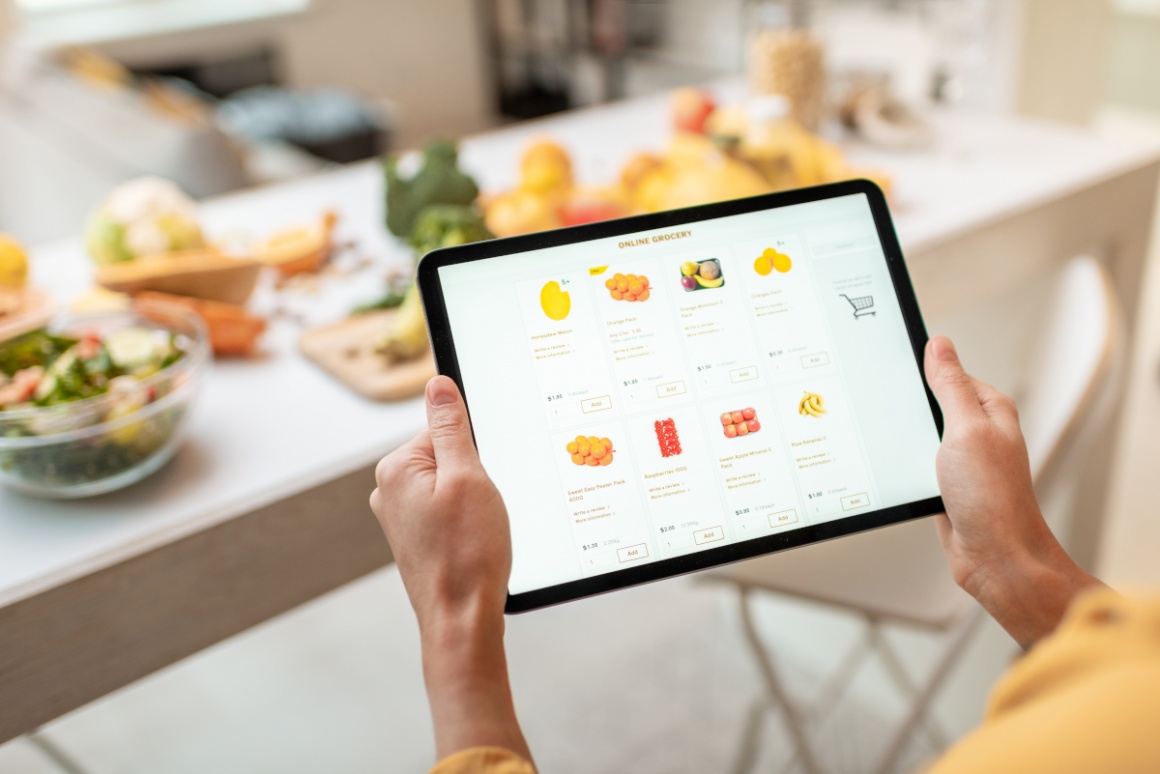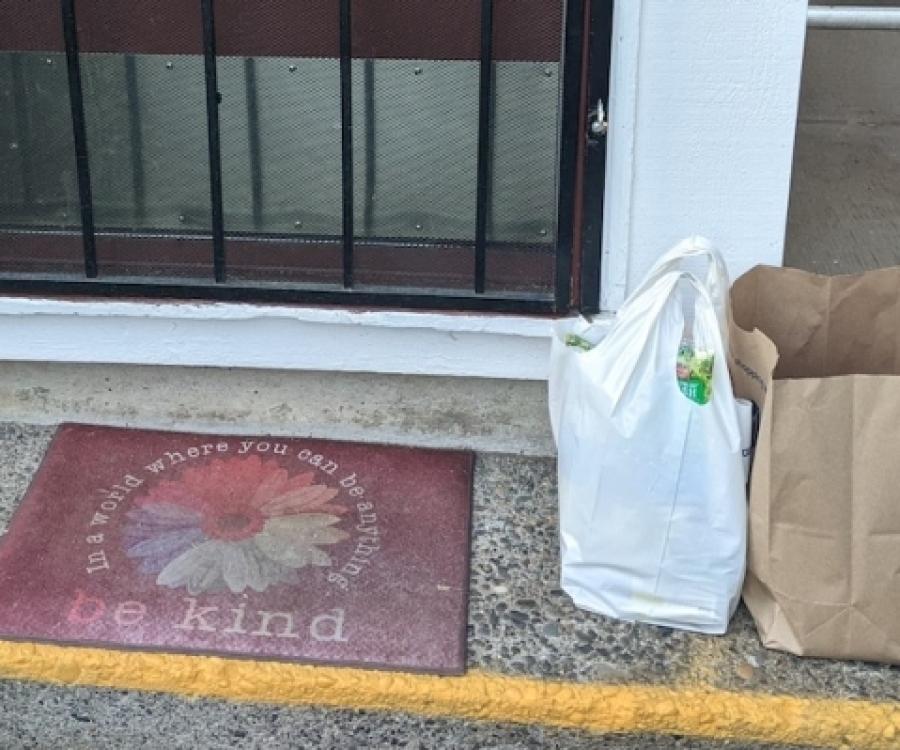
Overall, 50% of in-store supermarket shoppers in the last 30 days also ordered groceries online. This shopping behavior is more common with Gen Z and Millennials, and to a lesser degree Gen X, followed more distantly by Boomers and the Silent Generation. It should also be noted that Gen Z shoppers registered the lowest overall satisfaction, relative to the other generations, for both their online and in-store experiences.
The Retail Feedback Group (RFG) released the ‘2020 U.S. Online & In-Store Grocery Shopping Study’. “Grocers and analysts have traditionally segmented ‘in-store shoppers’ from ‘online shoppers.’ However, a key takeaway from our research is the extent to which individual shoppers are now buying groceries both in a store and online, and that this activity is strongest among the younger and growing generations,” commented Doug Madenberg, RFG Principal.
While 38% of shoppers used one online grocery provider, 62% used two or more providers in the last three months, during the pandemic. This suggests many shoppers tried multiple services to see who could best meet their needs in terms of factors like product availability and pickup or delivery slots.
Online grocery shopping: supermarkets surged during pandemic
The supermarket channel jumped to 34% of online shoppers indicating a supermarket as where they most recently shopped online for groceries during the pandemic (up from 22% in 2019). Walmart still registered the highest overall percentage of shoppers at 40% (showing a small increase from 37% in 2019) and Amazon decreased significantly from 29% to 14%. Instacart-fulfilled orders grew to 36%, up from 27% last year. However, despite the pandemic surge, supermarket shoppers constitute the largest percentage indicating they plan to shop less for grocery items online in the coming year (20%), as compared to Walmart (16%) and Amazon (13%) shoppers.
Overall satisfaction among online shoppers registered 4.38 (on a five-point scale), down from 4.48 in 2019. While all channels showed lower overall satisfaction as compared to the previous year, marks were still relatively high with Amazon leading (4.47), followed by Walmart (4.38) and Supermarkets (4.33). The Instacart-fulfilled subset had overall satisfaction of 4.35, down from 4.48 in 2019. Brian Numainville, RFG Principal observed, “Considering the sudden, sizeable pressure on online grocery shopping during the pandemic, it is noteworthy overall satisfaction registered as high as it did. Although supermarkets surged in online shopping use, and many customers may stick, the results show some supermarket shoppers don’t expect to continue online shopping. With that in mind, it will be important that supermarkets and online service providers maximize their investment by continually strengthening their offerings in order to retain existing customers, while attracting new ones, along with preparing for any future situations.”
In-stock conditions challenging in-store and online
Stock levels presented a major challenge for shoppers in-store and online. About half of in-store supermarket shoppers (51%) indicated the store shopped wasn’t in stock on everything they wanted to purchase. Results were similar for online food shoppers with 49% registering the inability to purchase everything they wanted due to out of stocks, and only 17% were able to purchase an acceptable substitution for ALL out of stock items, and fully 45% did not end up receiving all items ordered. Considering positive in-stock conditions lead to higher satisfaction, these out of stock conditions resulted in not only lost sales, but lower overall satisfaction.
While 55% of shoppers, either in-store or online, report shopping less frequently during the pandemic, 51% indicate they spent more per trip.





